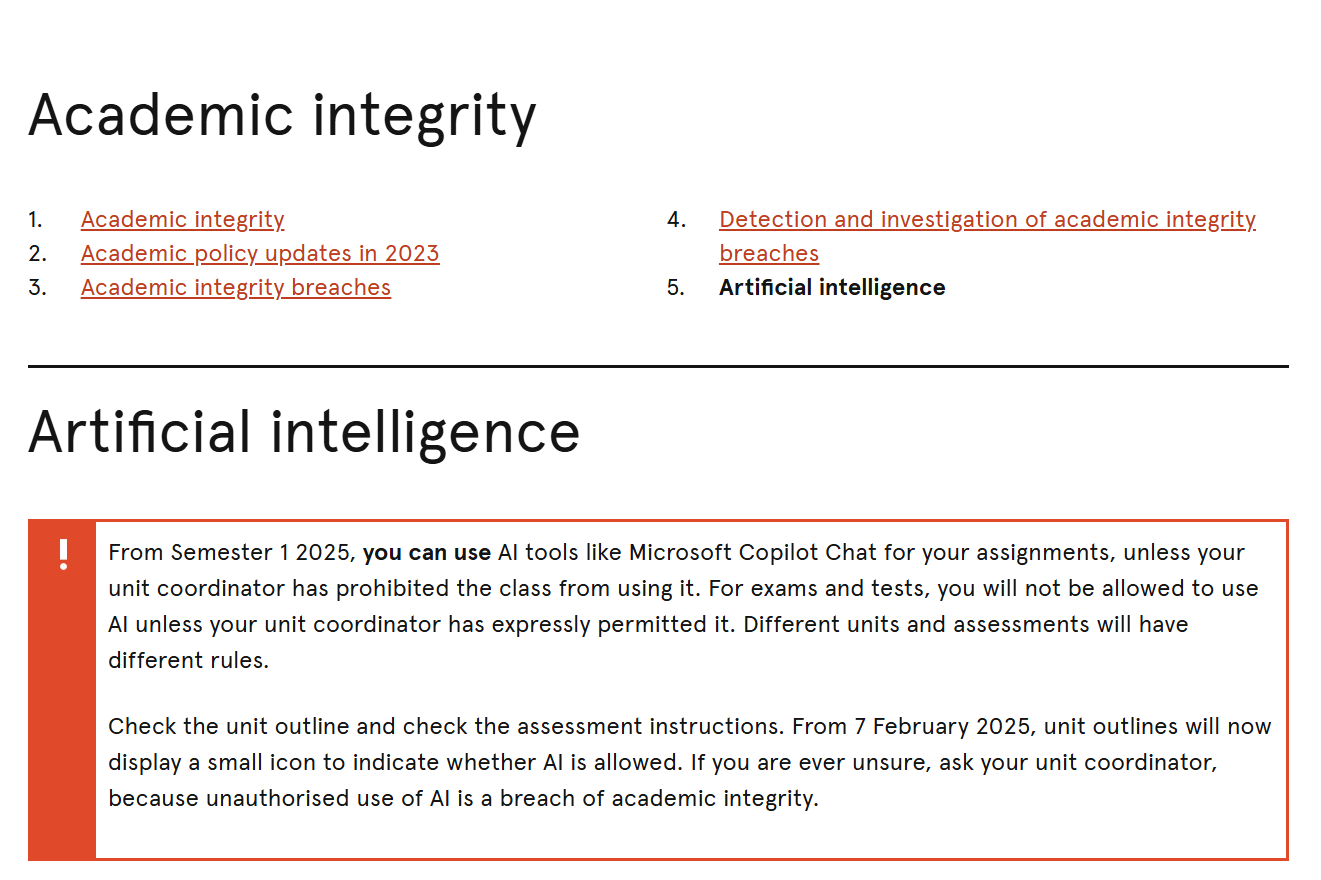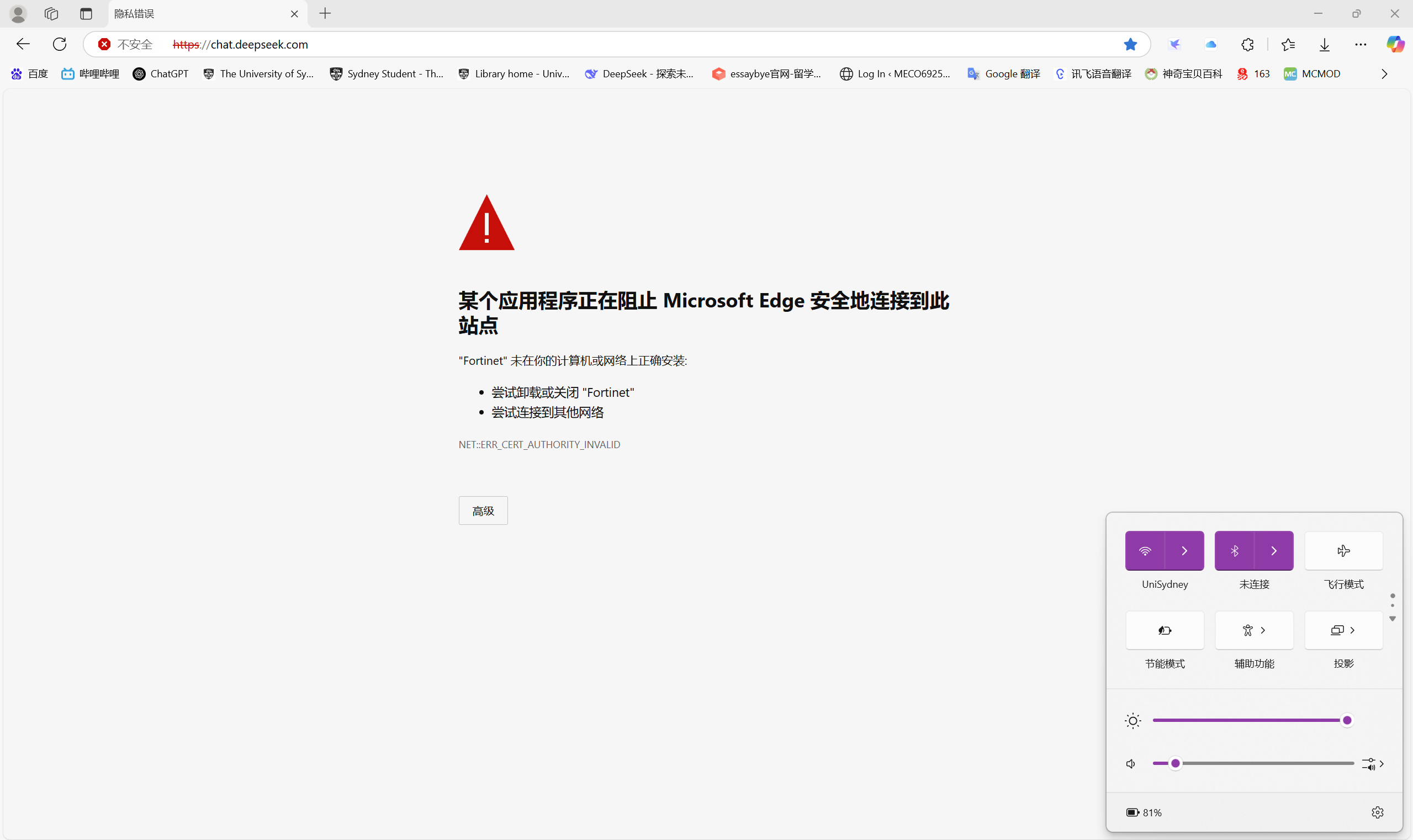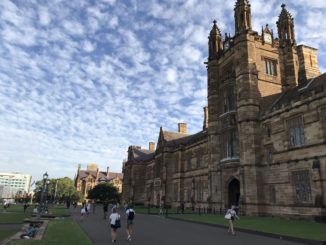Genre: News Commentary
Story Angle: The University of Sydney has issued a new AI policy since 2025, relaxing the restrictions on generative AI, allowing students to use it in modules and assignments.

However, the University of Sydney prohibited everyone from accessing Deepseek while connected to the University of Sydney Wi-Fi and chose to remain silent on the matter without any explanation. This news commentary will explore whether the University of Sydney’s initiatives correspond with its education philosophy. What impact will the ban have on students and teachers, and their attitude towards it?

Publication: The Conversation
Target User: Academics, Educators, and Policy Makers
The Conversation focuses on research-based news and analysis. The publication encourages reflection on education and technology. This news commentary is appropriate for The Conversation. It will receive more attention from academics, educators and policy makers through this platform.
Source: University of Sydney AI Policy (Description, Screenshot), Evidence of the ban, Deepseek official Website, Commentary from Academic (Teacher and Student, Interviewee).
AI Policy pages and evidence will be used to support the veracity of the story. Interviewees provide ‘attitudes’ from their perspective and will also provide references for the viewpoints of the news commentary.
Interviewee Information
- Farzin Yektaparast, University of Sydney Module Demonstrator, Multimedia Artist and Trainer. He believes the combination of students’ homework and AI is the trend. He know facts about this matter and has attitudes on the University of Sydney’s AI policy.
- ShiTong Zhang, Student of University of Sydney. He has a unique insight into AI and cares about the operational differences between ChatGPT and Deepseek
Style
As typical publications of The Conversation, the paragraphs of the text will be brief. Each paragraph will have a maximum of two or three sentences. Subheadings will divide the article into sections and have a clear indicative feature. Some subheadings will have a clear judgement or conclusion.
Multimedia, Hypertext and Interactivity
This news commentary will contain screenshots of the University of Sydney’s AI policy, evidence that Deepseek was banned, and data charts of AI tools (to illustrate the availability of Deepseek and help readers to understand it). Video or audio recordings of interviews may also be included if interviewees are allowed. These will form the multimedia elements of this news commentary.
The hyperlink in this article will lead to the AI Policy page, Deepseek’s official website, relevant news stories, other extended reading and evidence-based sources to increase the diversity of additional information. This News commentary will take advantage of The Conversation’s hashtag function to increase the probability that readers will find the article by keyword search. For example: #university, #education, #aipolicy, #studentwork.
To increase interactivity, the text will also add a hyperlink to a Twitter post that invites readers to comment on the event. The hyperlink will be added because The Conversation does not provide a function for users to discuss, so this article will achieve interactions through social media.




Be the first to comment